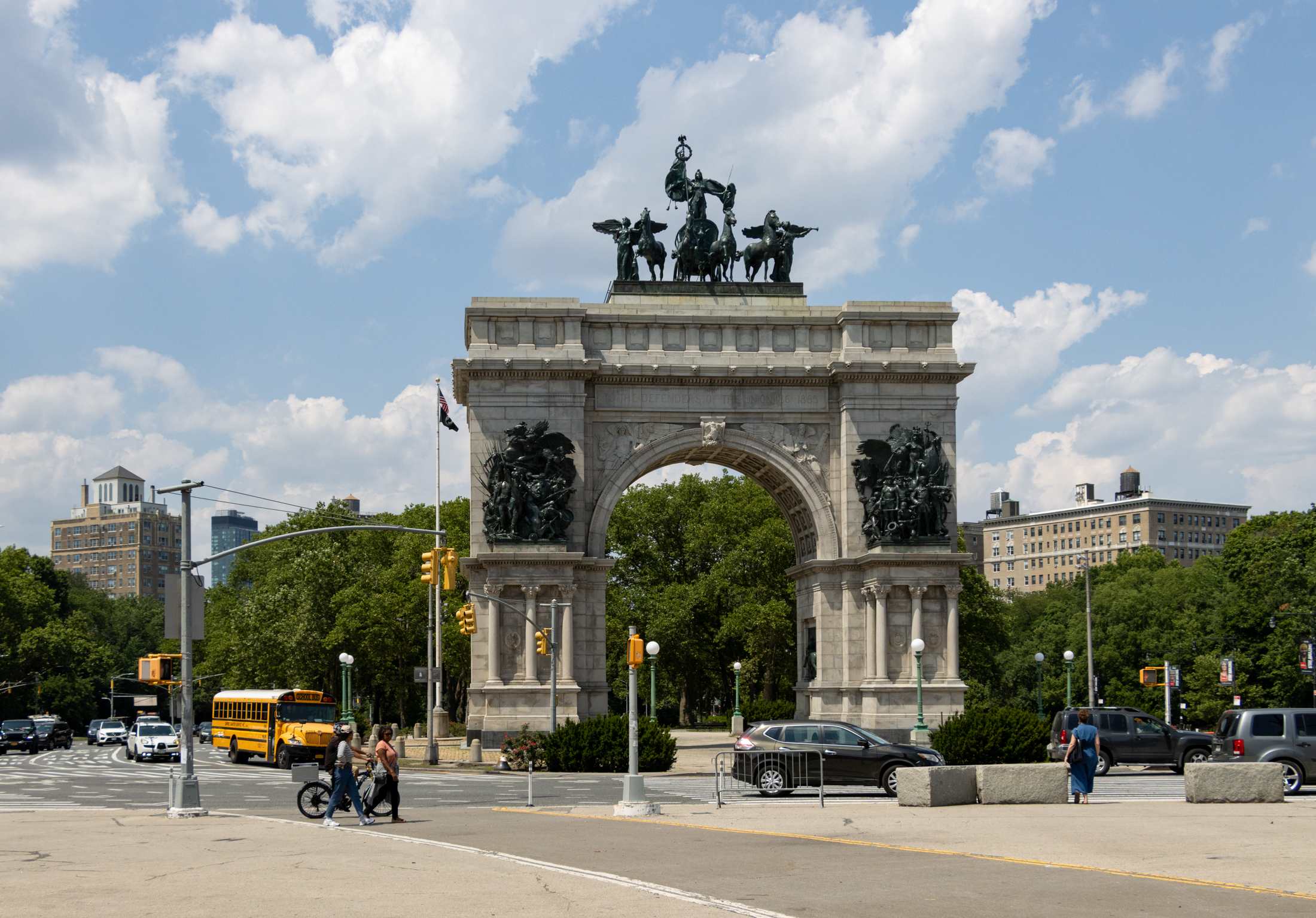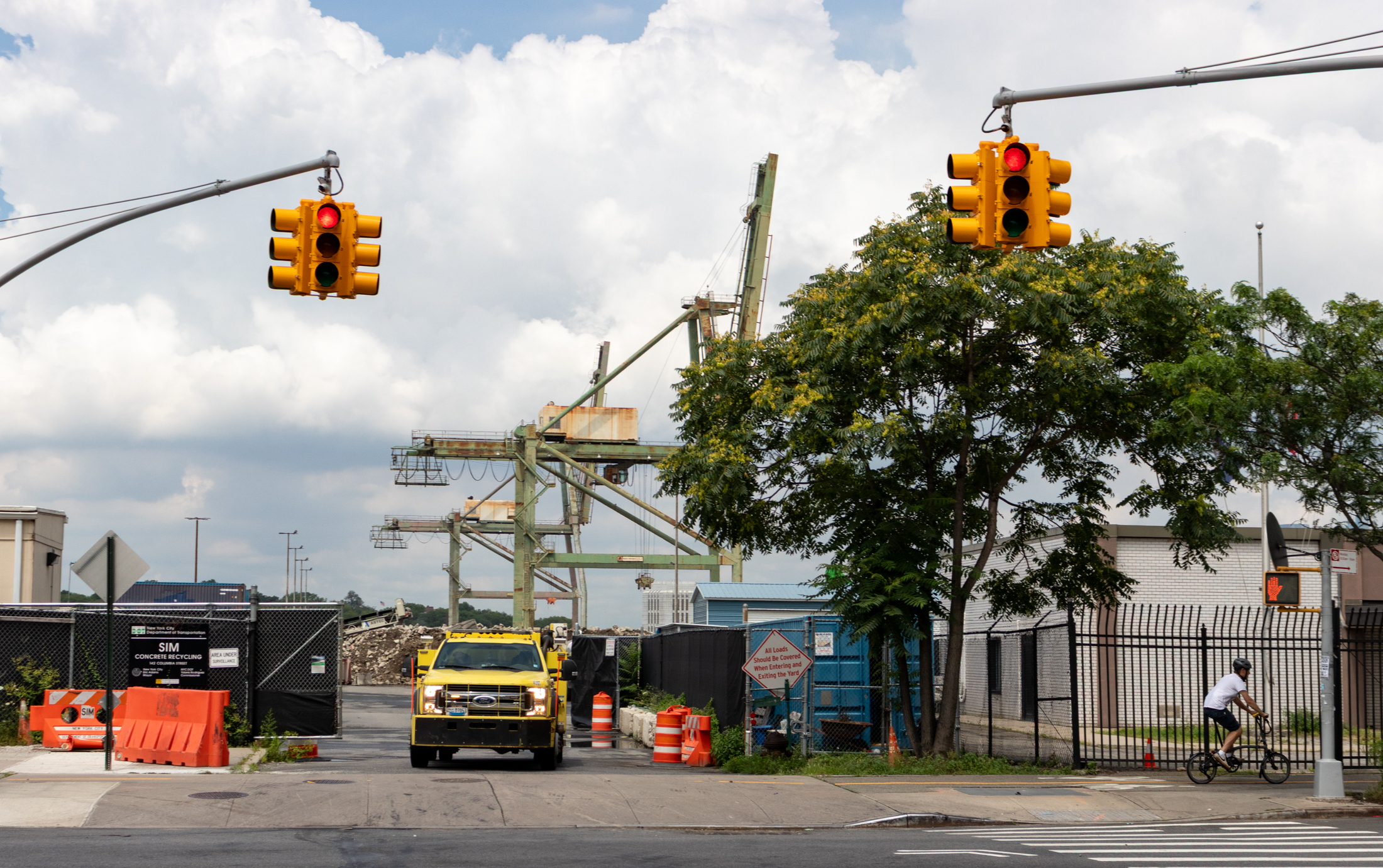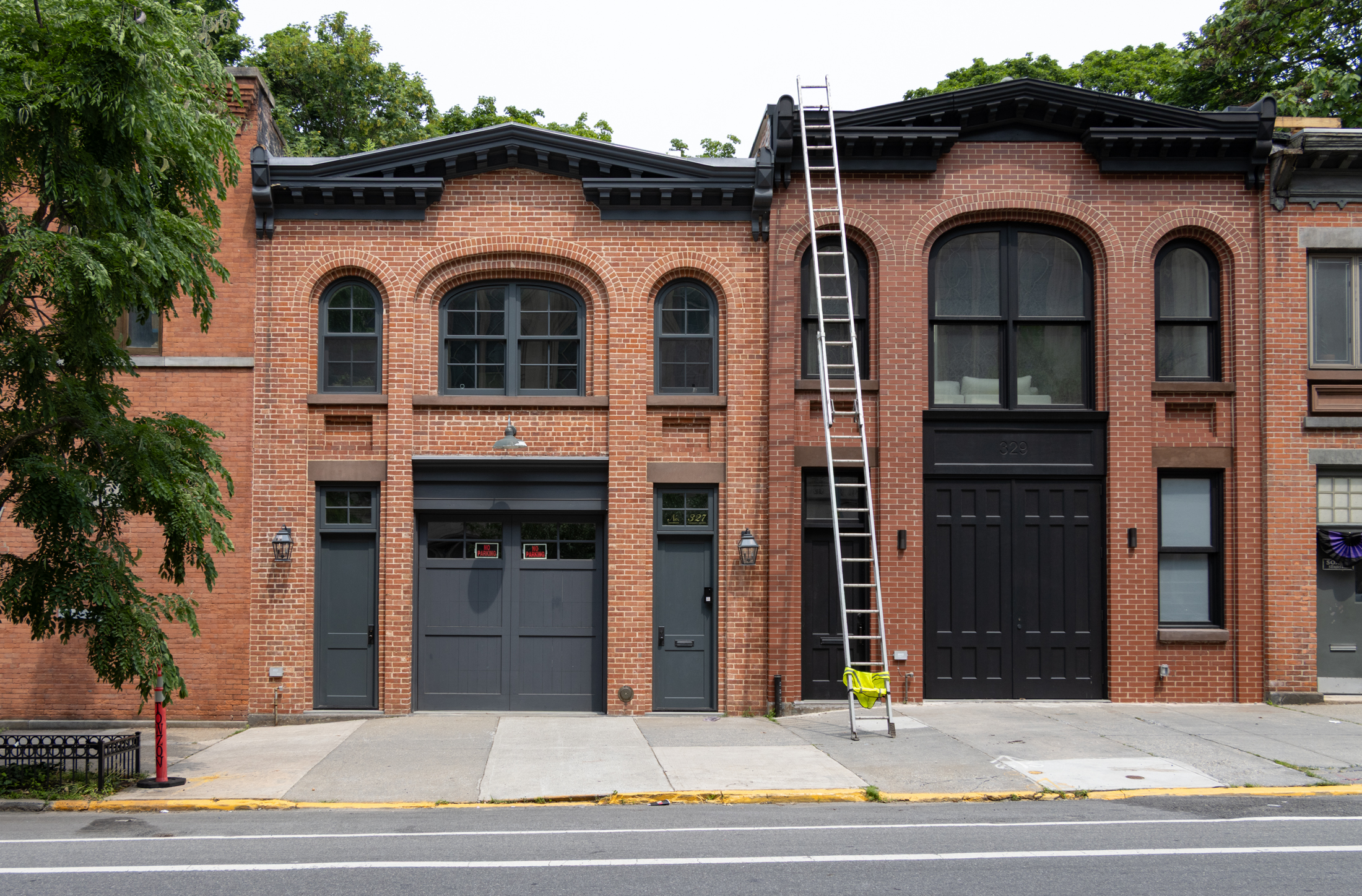Walkabout: The Battle for Fort Nassau -- From 1614 to 2014
Read Part 1 of this story. I grew up in Otsego County, N.Y., in the heart of what the tourist boards now call “Leatherstocking Country.” Cooperstown is in Otsego County, and we grew up learning about the rich history of the region, especially as it related to James Fenimore Cooper’s tales of life and adventure….


Read Part 1 of this story.
I grew up in Otsego County, N.Y., in the heart of what the tourist boards now call “Leatherstocking Country.” Cooperstown is in Otsego County, and we grew up learning about the rich history of the region, especially as it related to James Fenimore Cooper’s tales of life and adventure. “Last of the Mohicans” and “The Deerslayer” were practically the holy writ. For our little group of mostly bored junior historians, the world of the French and Indian Wars, in the 1750s, was at the beginning of our local history.
But only a few counties to the east of us was a much older world. We knew Albany was the capital of the state, and that it was important, but we had no idea how OLD it was.
The names of towns, creeks and hollows in our neck of the woods resonated with the ancient names of the Iroquois tribes who had been there first, followed by the family names of the English settlers who came there in the mid-18th century.
We were not familiar with the Dutch names of the Hudson River Valley, or of New Amsterdam far to the South. It wasn’t until I moved to Brooklyn that I learned of the tremendous Dutch presence in the region. As I related in my last post, “Going Dutch in New York State,” Dutch traders have been in the Albany region since 1614. For a European, that isn’t all that old, for Americans, it’s positively Jurassic.
The Hudson River is the key to everything here. The river brought Henry Hudson this far north in 1609, and by 1614, the Dutch had a trading fort established here.
The local Mohican people traded furs for goods, and exploratory parties set off from the fort looking for more natural resources to bring back to the Netherlands and expand the coffers of the Dutch East India Company. The first trading fort was called Fort Nassau, and it was built on an island, called Castle Island, near the western shore of the Hudson River near present day Albany.
The Dutch built fortification walls and a combination fort/warehouse on the site, and opened for business. They soon found out that they had chosen a bad spot. The island flooded…a lot. Who knew?
Let’s look at the river here, it doesn’t seem all that wide. Compared to the glorious width of the Hudson much farther downriver, it’s only a jumped up creek near Albany. For those who generally see the Hudson from around Westchester and Rockland Counties, the river near Albany is a disappointment.
But the river is quite deceiving. First of all, the glacier that created it cut quite a trench, and it is deep with strong currents. It also carries the water flowing south from the Adirondacks, and in the spring thaw, that water, along with the ice flows and the rain, is not to be easily dismissed. The river floods, something the Dutch found out the hard way. I would imagine the Mohicans probably told them so, too, but were ignored.
The flooding in 1618 was so bad the Dutch finally realized they were going to have to move. Working from historical records and descriptions, archeologists and historians have figured the Fort Nassau’s walls were 58 feet wide and square, surrounded by an 18 foot moat. It was guarded by two cannons and eleven swivel guns.
The building was 36 feet long by 26 feet wide. It held anywhere from ten to twenty-six men, and tons of furs and trading goods.
In 1624, a new fort, Fort Orange, was built, and that became the new trading post and fort. As related last time, a town grew up around the fort, and that town became the City of Albany. So what happened to Fort Nassau? Nature won. The river reclaimed Castle Island, and the remains of the fort disappeared into the silt. For Orange was not directly across the river, it was up river, so there was no need or desire to do anything about the old abandoned fort. It’s not like they had to look at it every day. Besides, Albany was growing.
Fast forward here. As Albany grew, the Hudson continued to be its lifeblood. By the 20th century, goods had been flowing up and down the river for close to two hundred years, especially after the building of the Erie Canal in 1825. In 1925, the name “Port of Albany” was officially adopted, and in 1932, the current port, as we know it today, was built while Franklin D. Roosevelt was governor of New York. It included the largest grain elevator in the world at that time.
It’s still the largest grain elevator in the United States, east of the Mississippi. The port also has the tallest harbor crane in the state. It has connections to several freight rail lines, as well as the state highway system and the Erie Canal/Hudson River traffic. The port is a big deal.
Over the centuries, Albany began losing its Dutch history. Fort Nassau was gone, Fort Orange was abandoned, and eventually was covered up, and the Dutch buildings that gave the city its distinctive look were also torn down, one by one. If you are interested in this topic, an excellent article by local historian Don Rittner covers this better than I could. “Albany’s History of Destroying its History” is also a cautionary tale for Brooklyn, as we too, stand to lose much by tearing down the past.
Fort Orange, the second fort built by the Dutch, was uncovered for a hot minute, when construction of a ramp for I-787 was built in 1970-71. The state allowed archeologists a very brief period to extract artifacts, and then the site was covered over and the ramp built. An opportunity to save and preserve the second oldest site in Albany’s history was lost. The ramp could have been built somewhere else.
But where was Fort Nassau? Albany historian and cartographer John Wolcott was pretty sure he had figured out where it was. It was he who discovered the location of Fort Orange. The island was now part of the mainland, part of the Port of Albany, long ago filled in by nature and man. Using old maps and journals, Wolcott figured out where it is. It’s under the ground at the location of a planned boiler plant for Global Partners, LLC.
Global is based in Waltham, Mass. They wholesale petroleum products, storing and shipping them from the Port of Albany to their customers. They want to build a petroleum heating plant at their facility at the Port. They would be processing Canadian tar sands oil, heating it so that it can be further processed and refined.
Tar sands oil is hard to pump in winter, as it thickens past the point of flowing. The environmental impact of this procedure is exceedingly worrisome to local environmentalists for obvious reasons, although Global has assured everyone that it’s all good, and would be safe.
On top of that, Global’s facilities are across the street from a public housing project, with several hundred people living there. They do not have the money to move out of the way, or the political power to get Global to find somewhere else to do their refining. Somehow these projects always end up next door to poor people. And then there is Fort Nassau, the oldest historical site in New York State.
Social activists, environmentalists, archeologists and historians, as well as concerned citizens in general, have come together to protest and offer plans to protect the Port, the environment, people’s homes and advance the excavation and preservation of Fort Nassau. Different groups have different priorities, of course. Global has literally hundreds of rail cars full of crude all backed up for miles. As you approach Albany on I-787, you pass them, stretched as far as the eye can see. There is legitimate concern about oil spills and worse, railway collisions, derailing and fire.
There have been several hearings regarding Global’s plans and there will be more. This is an important issue for all of us, as we measure community safety, historic preservation and environmental concerns against America’s need for fossil fuels.
As far as preserving Fort Nassau, Don Rittner, John Wolcott and others believe that it is possible to have a plant, and preserve the site at the same time. Global wants to build a 2,600 square foot plant to heat the crude as it is pumped out of the rail cars, and transferred to storage tanks. The oil would then be barged down the river to refineries.
Don Rittner, who was the City of Albany’s official archeologist from 1974 to 1979, says, “If they find this fort, you can preserve it. You can design the plant so that it incorporates the fort into the site plan. You can display any artifacts in a structure on site, or move them to the museum. But you can also expose part of the fort for the public to go see. This is located in a place that is easily accessible to the public and near a public park.”
He also said,”Heritage tourism is one of the biggest industries in America. Heritage tourists stay an extra day or two and spend up to $600 more than average tourists. The stats are there. The economy is there. And we do next to nothing to promote our heritage in this region. Gettysburg rakes in more money in heritage tourism than all of the Capital District sites combined, and all they have is a Civil War Battlefield – we have 400 years of history here.”
There is another hearing later this month in Albany. If this matter moves you to write, letters can be sent here: The Department of Development and Planning, 21 Lodge Street, Albany, NY 12207. The Wall Street Journal and other downstate publications have been following this story, and a Google search will lead to more information.
We shall see what happens. Meanwhile, back in Brooklyn, the Admiral’s Row houses come to mind. Will we allow our important Brooklyn history to be covered over? Let’s hope not, and do what we can to make sure that the plans to preserve the buildings they promised to preserve come true.
(“The Trading House, 1615” a painting by Len Tantillo, depicting what he believes Fort Nassau would have looked like, on a misty morning. Source:albany.edu.)






What's Your Take? Leave a Comment